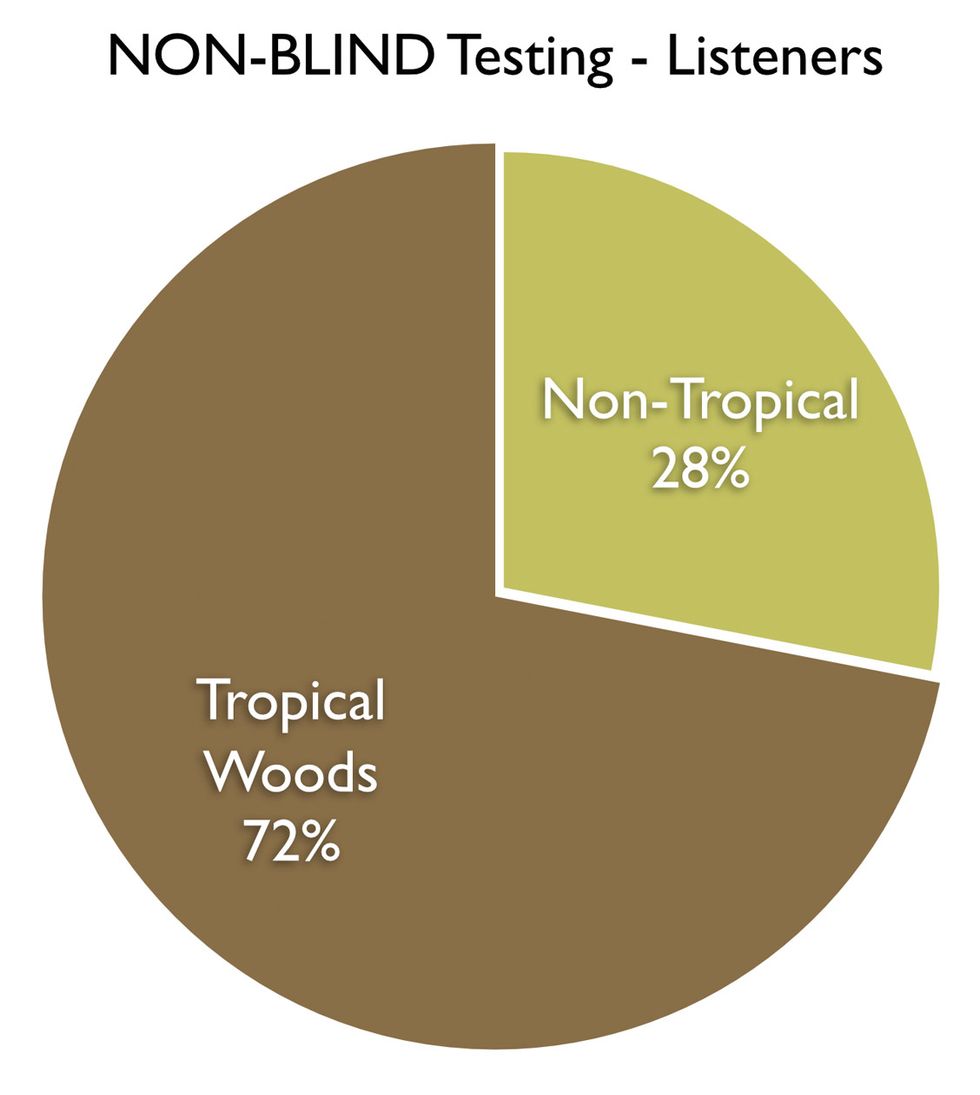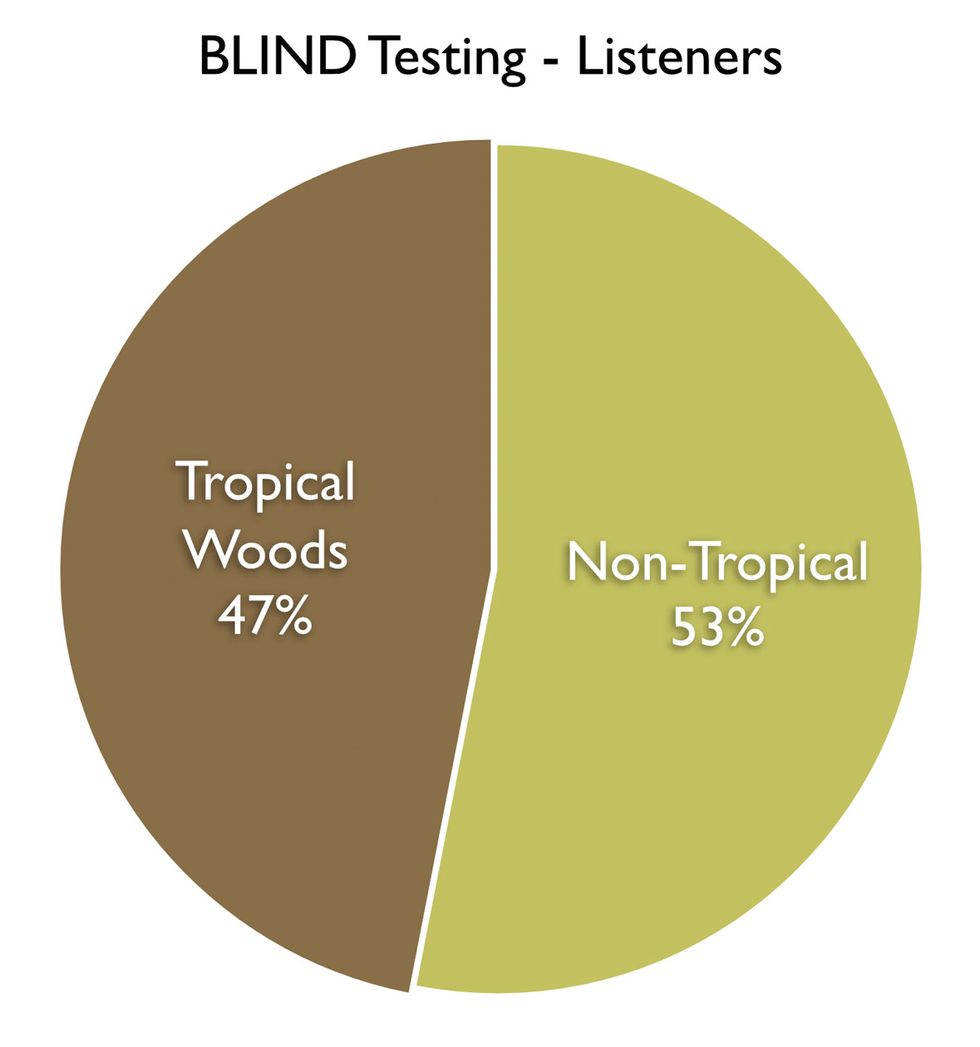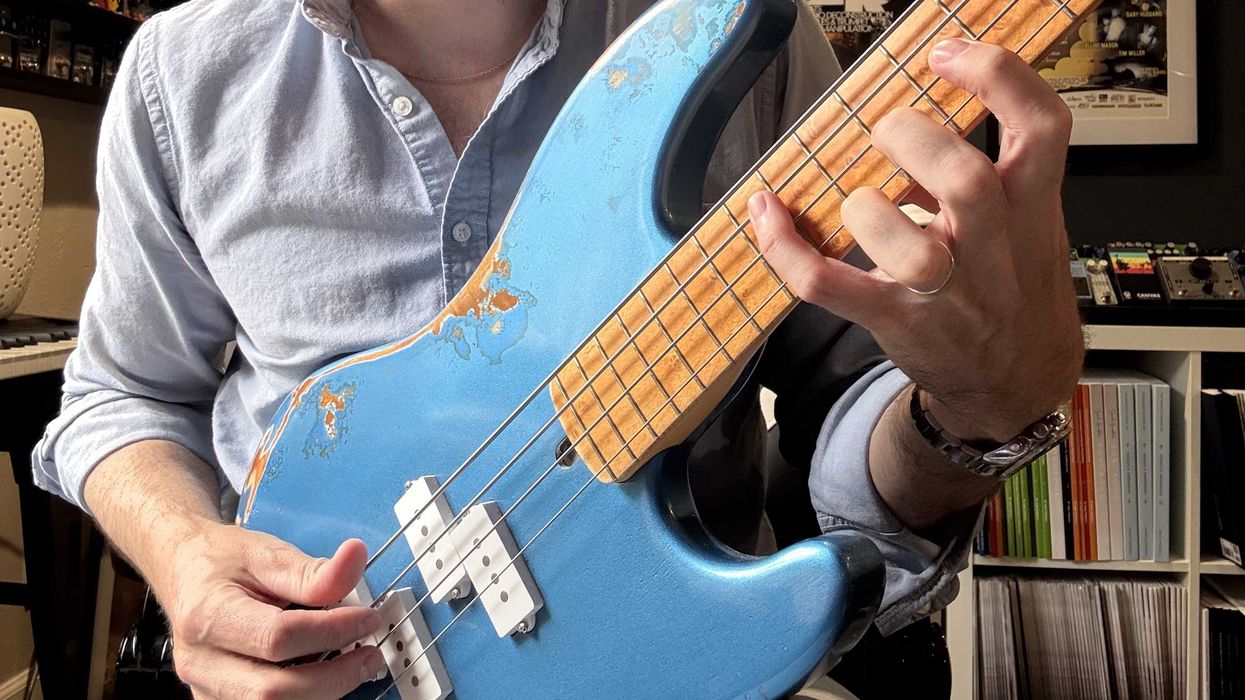Are you familiar with the latest CITES regulations and what that might mean for the instruments you already own or plan to purchase? Short for “Convention on International Trade in Endangered Species of Wild Fauna and Flora,” CITES is an international agreement created in 1973. One of the treaty’s aims is to ensure that international trade in specimens of plants—read exotic tonewoods—does not threaten their survival.
Here’s how the U.S. Fish and Wildlife Service describes it on their website: Under this treaty, countries work together to regulate the international trade of animal and plant species and ensure that this trade is not detrimental to the survival of wild populations. Any trade in protected plant and animal species should be sustainable, based on sound biological understanding and principles.
Today, the growing amount of regulated woods is leading to increasingly complex administrational work for both luthiers and customers. The consequences for violating CITES regulations can be pretty harsh. For example, every unregistered instrument can be confiscated without compensation at any national border, regardless of whether you’re touring with it or selling it to someone else. And if you plan to do either, you’ll need to produce the required paperwork or tote an instrument that avoids these endangered specimens in the first place.
This explains why we see more and more luthiers worldwide promoting instruments made from sustainable local woods—those not on the endangered list. But in an industry that for decades has used tradition as a marketing tool, convincing customers to buy instruments built with such woods is not an easy task.
both luthiers and customers.
It’s important to understand that “tonewoods” aren’t a specific group of wood species. The basic definition is: “any wood suitable for use in the construction of a musical instrument.” This means a luthier could use any wood, as long as it passes the mechanical test.
A few years ago, three luthier schools in Belgium convened a group of European teachers and students to answer a question: Could it be possible to make great sounding guitars out of sustainable, local, non-tropical woods? And if so, how could they prove it? Their first efforts mainly focused on acoustic guitars, but this quickly expanded to include solidbodies and basses as the number of participating luthiers in the project grew.
Because theoretical discussions about tone are often academic and not very fruitful—even among lutherie school participants—they decided to start the “Leonardo Guitar Research Project” (LGRP). The goal was to build comparable instruments from both exotic tonewoods and sustainable local woods, and then compare them in extensive playing and listening tests.
Generally, a builder selects a specific wood because of its mechanical and acoustical properties, but because we have a hard time defining great tone or even a great instrument, the choice isn’t always evident. The easily measurable, but overrated sustain surely isn’t the key factor. All theories aside, great tone simply needs to please us by convincing our ears. That’s why extended listening tests should be the way to discover whether sustainable, non-traditional local woods could make competitive alternatives to traditional materials.
Fig. 2 — In a blind test, listeners were unable to distinguish between tropical and non-tropical species. Graph courtesy of hazeguitars.com
The first batch of LGRP results indicated that 78 percent of players and 72 percent of listeners preferred the tropical woods in listening tests. Looks like an easy win for the many fans of traditional lutherie, right? It would have been, had there not been a second audition done in blind tests. Here, the results were astonishingly different: “Experienced players and listeners were unable to distinguish tropical from non-tropical at better than chance levels.” (Research Report #1 LGRP, 2014).
Let that sink in for a moment and then look at Figures 1 and 2.
One might ask to what degree our eyes, bias, and preconceptions fool us? What about that “aggressive sounding” red bass or the beautiful boutique bass with its highly figured top and “elegant, natural tone.” Are we facing the simple fact that we should be more critical of our own judgments?
And one final question: Do the results of such tonewood challenges mean that tropical and non-tropical woods are equally good, or do they imply that wood type—assuming it has the requisite mechanical properties—doesn’t matter at all?
















